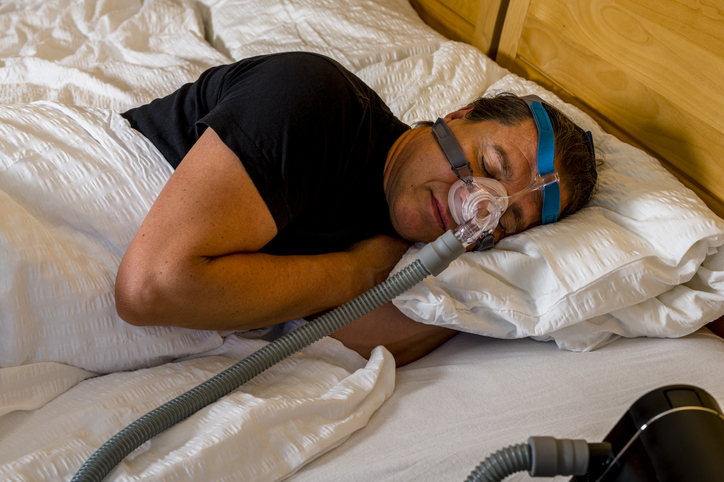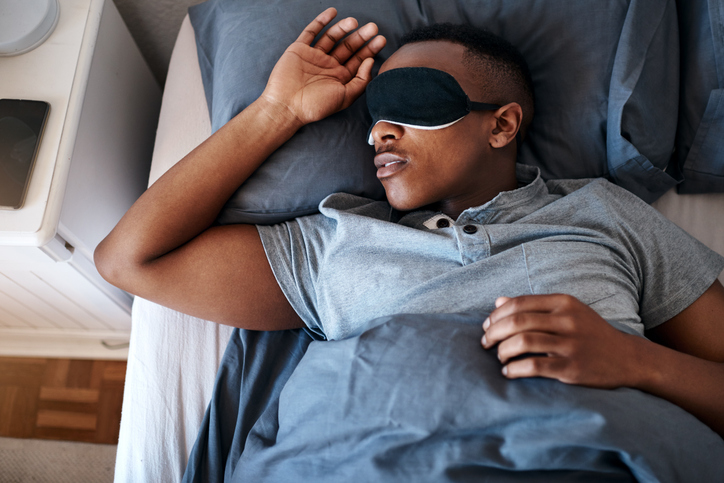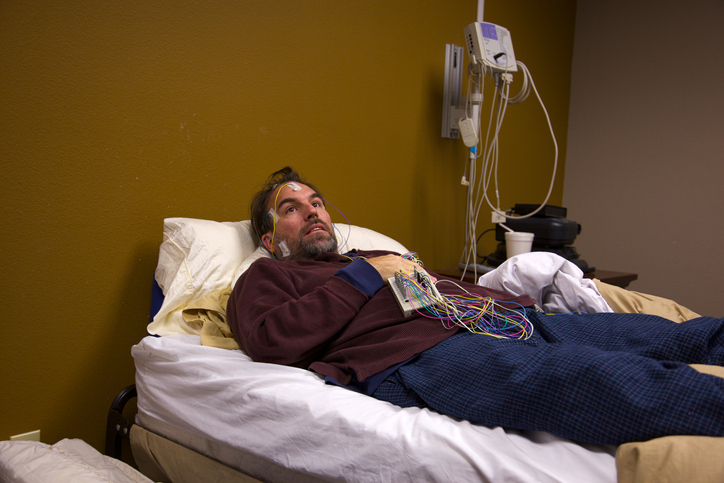Living with Chronic Pain
What Is Sleep Apnea?

Sleep apnea is a sleep disorder in which breathing stops for brief periods (typically around 10 seconds) while sleeping. Depending on the severity of the condition, this can happen between five and 100 times per hour. As a result, the body and brain do not get enough oxygen. Over time, untreated sleep apnea can lead to serious health conditions, such as high blood pressure, stroke, heart attack, or heart failure.
What are the signs and symptoms of sleep apnea?
In addition to respiration repeatedly ceasing for brief periods during sleep, signs and symptoms of sleep apnea include, but are not limited to, the following:
- Loud snoring
- Sporadic waking with a choking or gasping sensation
- Waking with a dry mouth or throat
- Morning headaches
- Daytime sleepiness or fatigue
- Irritability
- Trouble concentrating
What are the types and causes of sleep apnea?
Sleep apnea is categorized into three types: obstructive sleep apnea, central sleep apnea, and complex sleep apnea. Each type has a different cause.
- Obstructive sleep apnea
The most common type of sleep apnea is obstructive sleep apnea, in which the throat muscles relax during sleep, partially or completely blocking the airway. When the brain recognizes the lower oxygen level, it briefly wakes the individual to restore breathing. These frequent, brief wakings can prevent restful sleep. - Central sleep apnea
With central sleep apnea, the brain does not send proper signals to the muscles that control respiration. This typically occurs due to health issues associated with the central nervous system. - Complex sleep apnea syndrome
Complex sleep apnea syndrome, or treatment-emergent central sleep apnea, occurs when both obstructive and central sleep apnea are present. It typically develops when starting continuous positive airway pressure (CPAP) treatment for obstructive sleep apnea.
Who is at risk of developing sleep apnea?
Men are more likely to develop sleep apnea than women. Although it can develop at any age, it most commonly occurs after the age of 50. Additional risk factors vary depending on the type of sleep apnea.
Obstructive sleep apnea risk factors
- Obesity
- A greater than normal neck circumference
- A narrow airway or partially blocked airway due to enlarged tonsils or adenoids
- Family history of sleep apnea
- Smoking
- Alcohol or sedative use
- Nasal congestion
Central sleep apnea risk factors
- History of neuromuscular conditions, such as amyotrophic lateral sclerosis (ALS)
- History of stroke
- History of heart, kidney or lung disease
- Use of narcotic pain medications, such as opioids
Proper diagnosis and treatment of sleep apnea can reduce symptoms, improve quality of life, and prevent serious complications.


















